I set up a proxy to achieve this:
You have a regular express webserver that serves the index.html on any route, except if its an asset route. if it is an asset, the request gets proxied to the web-dev-server
your react hot entrypoints will still point directly at the webpack dev server, so hot reloading still works.
Let's assume you run webpack-dev-server on 8081 and your proxy at 8080. Your server.js file will look like this:
"use strict";
var webpack = require('webpack');
var WebpackDevServer = require('webpack-dev-server');
var config = require('./make-webpack-config')('dev');
var express = require('express');
var proxy = require('proxy-middleware');
var url = require('url');
## --------your proxy----------------------
var app = express();
## proxy the request for static assets
app.use('/assets', proxy(url.parse('http://localhost:8081/assets')));
app.get('/*', function(req, res) {
res.sendFile(__dirname + '/index.html');
});
# -----your-webpack-dev-server------------------
var server = new WebpackDevServer(webpack(config), {
contentBase: __dirname,
hot: true,
quiet: false,
noInfo: false,
publicPath: "/assets/",
stats: { colors: true }
});
## run the two servers
server.listen(8081, "localhost", function() {});
app.listen(8080);
now make your entrypoints in the webpack config like so:
entry: [
'./src/main.js',
'webpack/hot/dev-server',
'webpack-dev-server/client?http://localhost:8081'
]
note the direct call to 8081 for hotreload
also make sure you pass an absolute url to the output.publicPath option:
output: {
publicPath: "http://localhost:8081/assets/",
// ...
}
